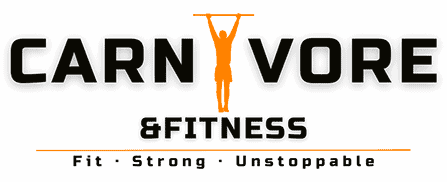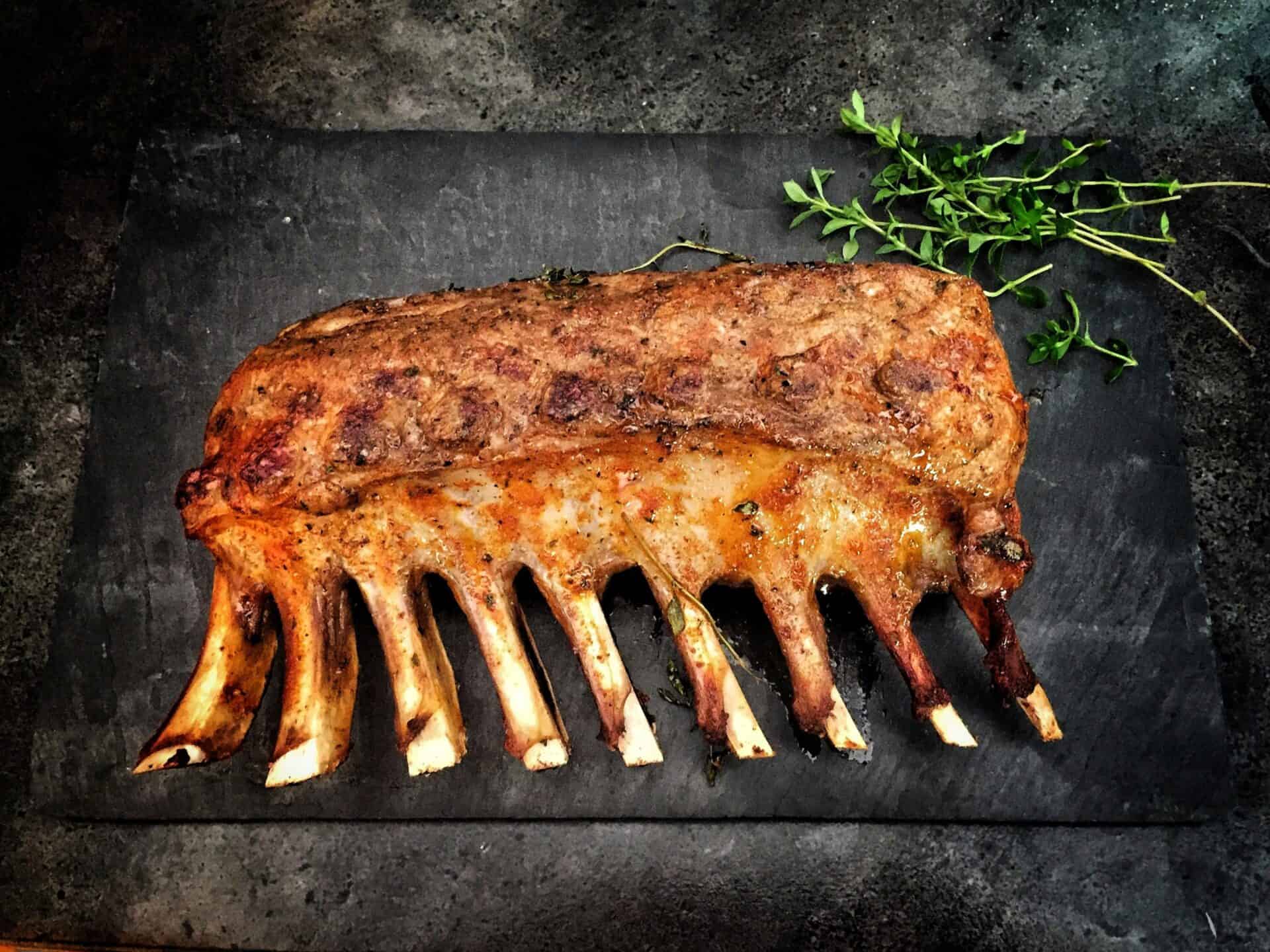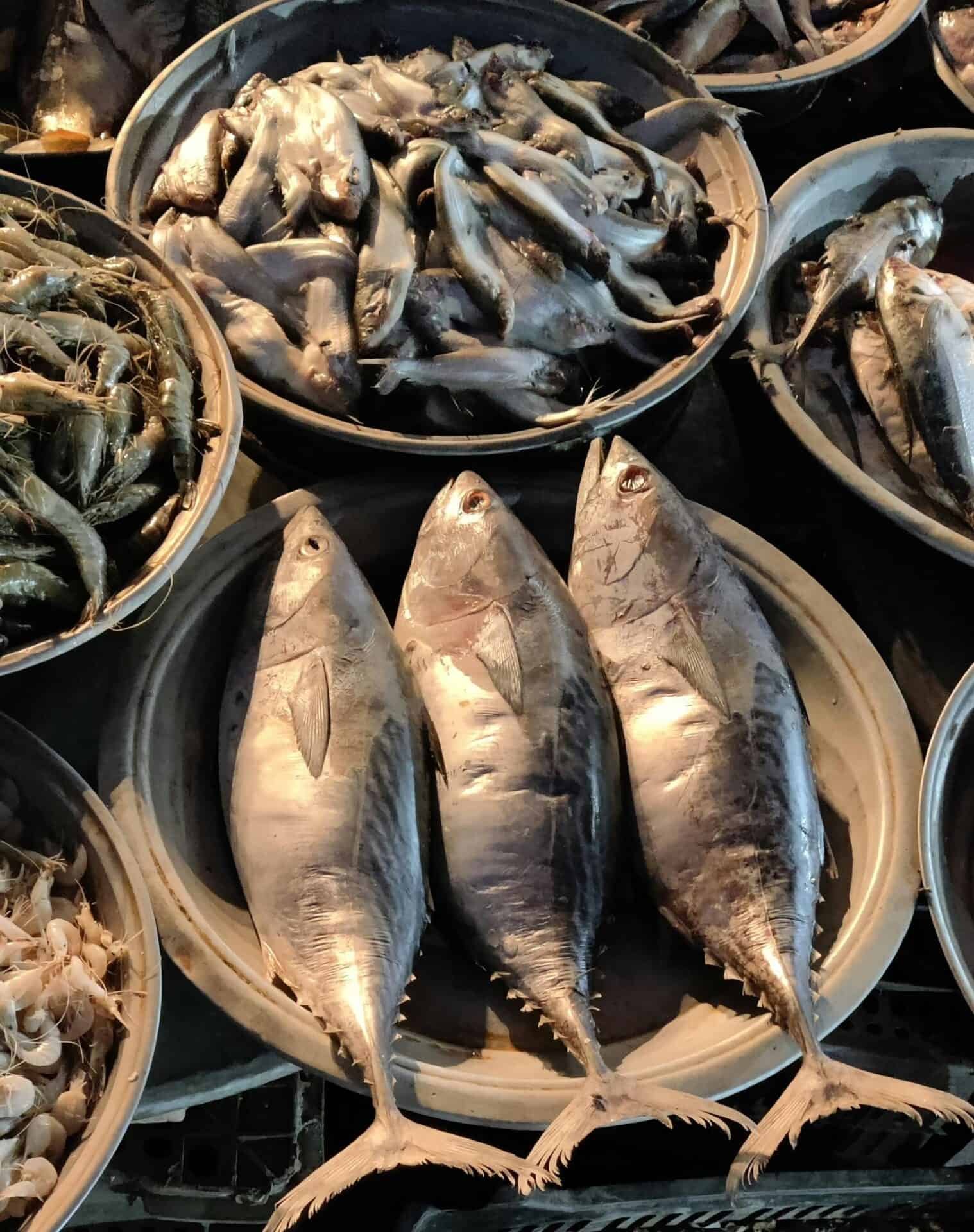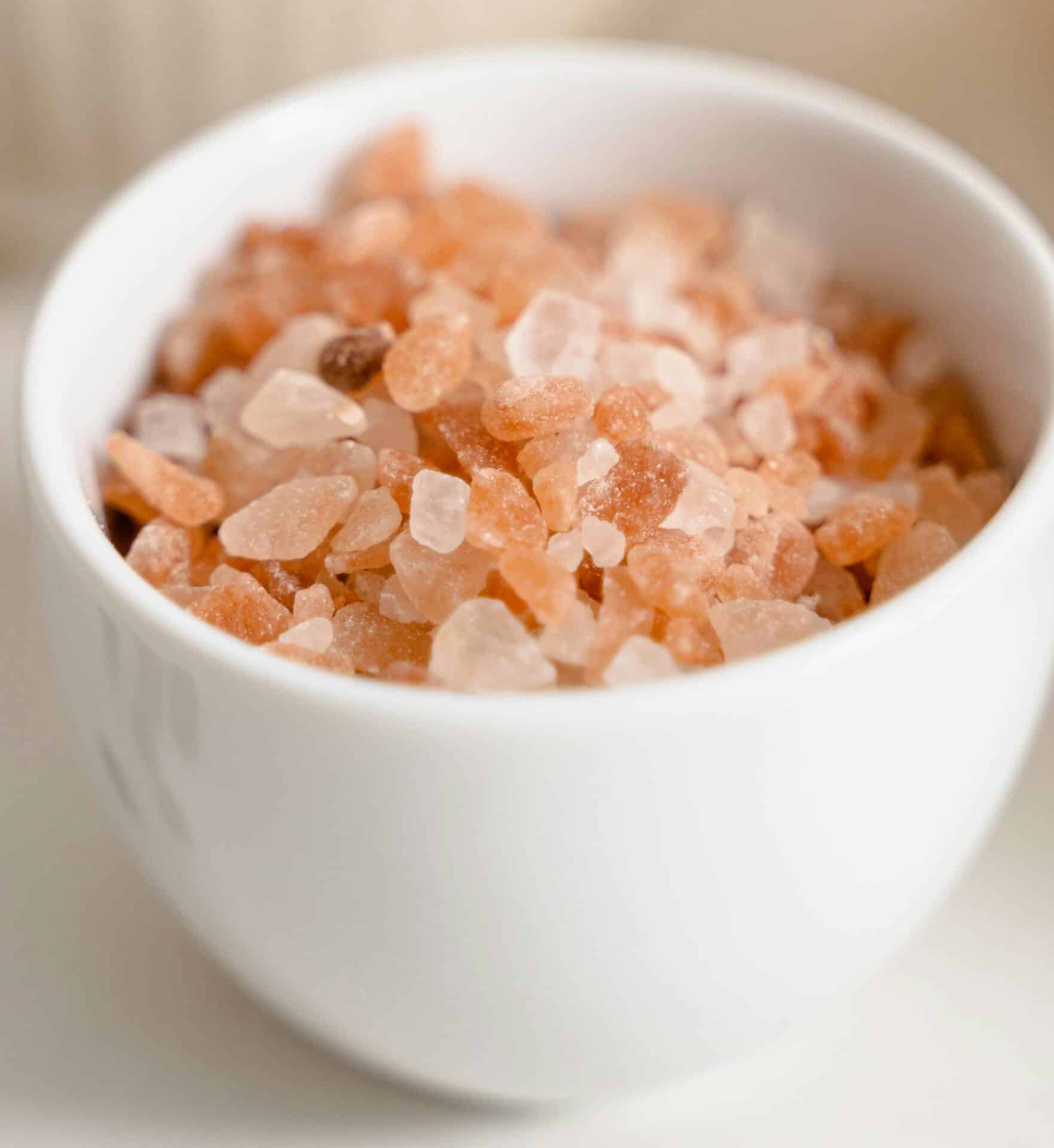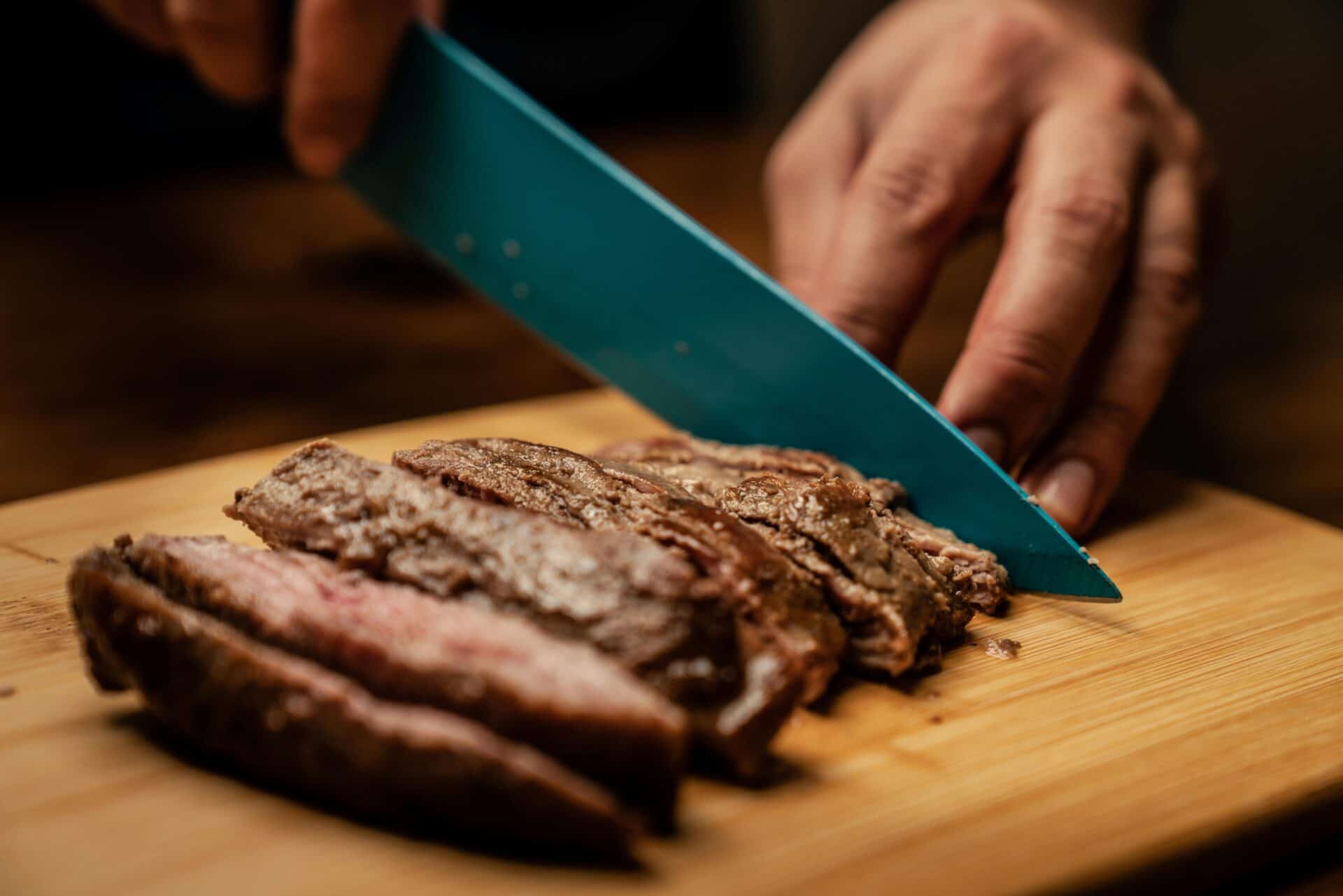Why Cast Iron Pans Will Make You Ditch Teflon Forever
Why Cast Iron Pans Will Make You Ditch Teflon Forever
Alright, guys, let’s get real for a second. If you’re cooking up that perfect carnivore meal, you need gear that’s up to the task. If you’re still using a Teflon pan, it’s time for an upgrade—and I’m here to tell you why cast iron should be your go-to.
Sure, Teflon’s convenient at first, but it comes with some hidden dangers that most people don’t think about. Let’s dig in.
Why Cast Iron Over Teflon?
1. No Toxic Chemicals
First things first: let’s talk about Teflon. That “non-stick” surface that seems like magic? It’s actually coated with a substance called polytetrafluoroethylene (PTFE). When Teflon pans are heated beyond 500°F (which can happen pretty easily if you’re not watching), the coating starts to break down and release toxic fumes. In fact, this is bad enough to cause something called Teflon flu—yes, it’s a real thing! You could actually feel sick, with symptoms like headaches, chills, fever, and nausea, from breathing in these fumes.
And it gets worse. Older non-stick pans made before 2013 also contain a chemical called perfluorooctanoic acid (PFOA), which has been linked to serious health issues, like cancer, thyroid problems, and liver damage. Even though newer Teflon pans don’t have PFOA, you still run the risk with other chemicals breaking down over time.
With cast iron, you get pure metal. No mystery chemicals, no toxic fumes. You know exactly what’s going into your food—just the good stuff. So why risk contaminating your meal with anything else?
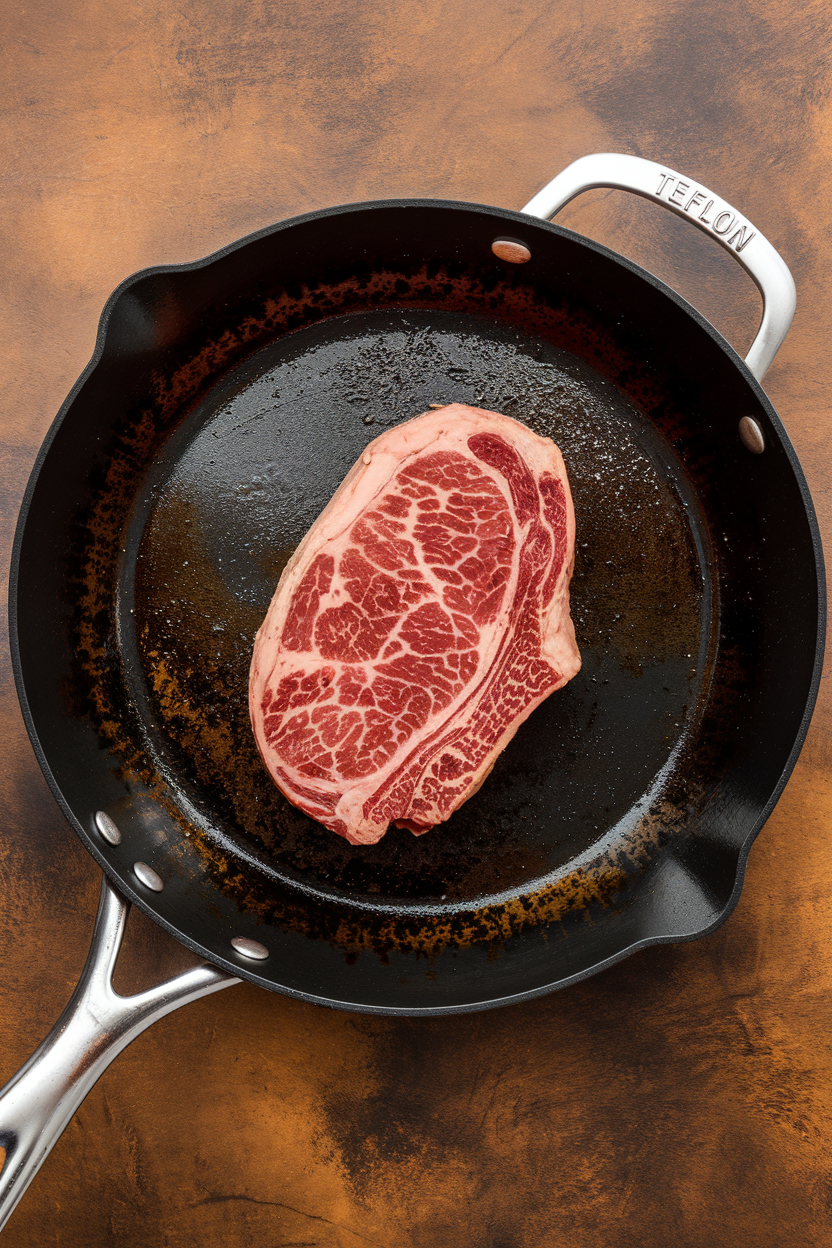
2. Durability That Lasts for Generations
Teflon might look slick and shiny when you first get it, but it’s fragile. Scrape it with a fork, accidentally overheat it, or just use it regularly, and before you know it, you’ve got scratches that wreck its non-stick capabilities. Cast iron, on the other hand, is built like a tank. It’s the kind of pan you pass down to your kids. Durable, tough, and—unlike Teflon—it doesn’t get weaker over time. In fact, the more you use it, the better it gets.
4. Perfect Heat Retention for Carnivore Cooking
Cast iron is like a heat sponge—it holds onto heat and distributes it evenly across the pan. That’s what makes it perfect for searing steaks, cooking burgers, or slow-roasting a rack of ribs. Teflon, on the other hand, heats up fast but loses it just as quickly. When it comes to a good cook, you want something that can hold its heat steady, and that’s cast iron.
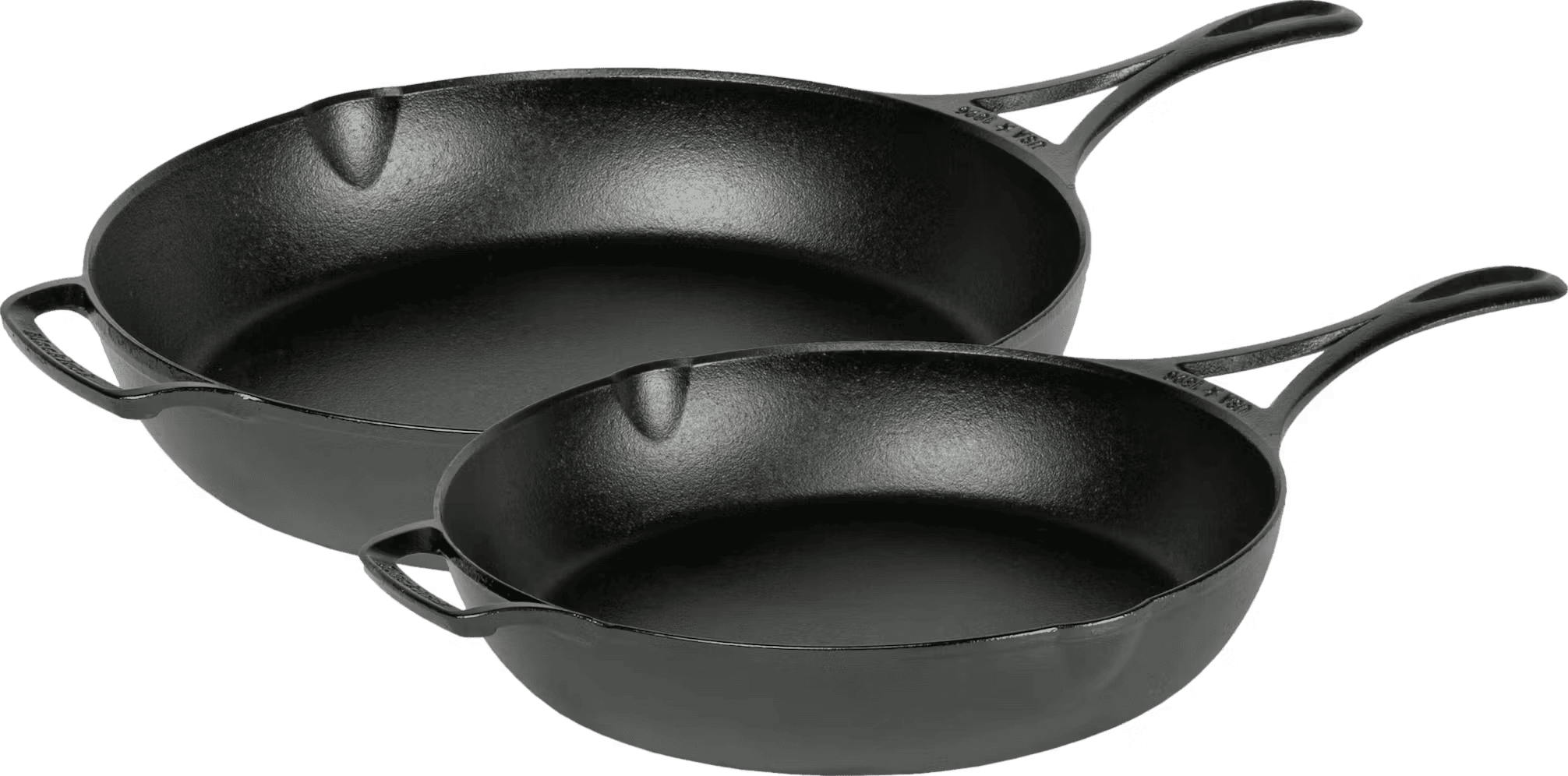
5. Iron Boost
Cooking with cast iron can actually boost your iron intake. This is particularly helpful if you’re low on iron, giving your food a natural health boost. No extra pills, just good food and solid cookware doing its job.
The Secret to Seasoning Your Cast Iron Pan
So, what about that seasoning everyone talks about? It’s easier than you think. “Seasoning” just means building up a layer of oil that creates the non-stick magic, protects against rust, and adds flavor over time. Here’s how you do it.
- Clean It Up: When you first get your cast iron pan, scrub it with hot, soapy water to remove any factory coatings. This is the one and only time you’ll use soap.
- Dry It Properly: Once it’s clean, dry it thoroughly. No water spots, because cast iron will rust. You could pop it on the stove for a few minutes to make sure every bit of moisture is gone.
- Oil It Up: Rub the pan all over with a thin layer of oil—coconut oil, olive oil, or lard work great. Get the inside, outside, and handle.
- Bake It: Stick the oiled-up pan in the oven upside down at 450-500°F/230-260°C for about an hour. Let it cool in the oven, repeat a few times and boom—you’ve got a seasoned pan ready to cook.
Note: As carnivore, don’t use vegetable oil for seasoning.
Maintenance Tips for Your Cast Iron Pan
Note: Don’t use vegetable oil for seasoning. Instead use olive oil, tallow, coconut oil etc.
- No Soap After Seasoning: After that first seasoning, no more soap! Just wipe it out with a paper towel or rinse with hot water and a stiff brush. If you’ve got some stubborn food bits stuck on, use a little salt as an abrasive.
- Dry Immediately: Don’t leave it wet! Dry it completely after each use. A quick heat on the stove works well for this.
- Oil It Regularly: After cleaning, rub a bit of oil on the pan while it’s still warm to keep that seasoning layer strong.
- Be Careful with Metal Utensils: Even though cast iron is tough, avoid scraping it up excessively with metal utensils to preserve your seasoning.
Why Cast Iron Wins Every Time
When you cook with cast iron, you’re not just using a pan—you’re investing in something that will take care of you for years to come. You’re saying no to chemicals, no to flimsy cookware that wears out, and yes to a pan that gets better the more you use it. Whether you’re searing up a steak, making a killer omelette, or slow-cooking a carnivore casserole, cast iron’s got your back. And let’s be real—there’s something about using a pan that feels solid in your hand, ready for anything. Just like you.
So go ahead, ditch the Teflon. Your body—and your food—will thank you.
Happy frying,
Patrick
Leading the Cast Iron Charge 🥩🚀
Related Carnivore Chronicles
You’ve made it this far—why stop now? Dive into these juicy Caveman Diaries that’ll keep your carnivore game strong. Whether you’re here for tips, tricks, or a good laugh at those “plant-based” myths, we’ve got you covered. Grab your steak, sit back, and enjoy the ride!
Oh, and while you’re at it, why not share this chronicle with your mates?
Hit Me Up – Let’s Get You Back in the Game!
Tired of feeling blah and ready to feel fit, healthy, and confident again? Shoot me a message, and let’s talk about how my carnivore and fitness coaching can help you crush your goals. This is your chance to start a real transformation – let’s make it happen together.
